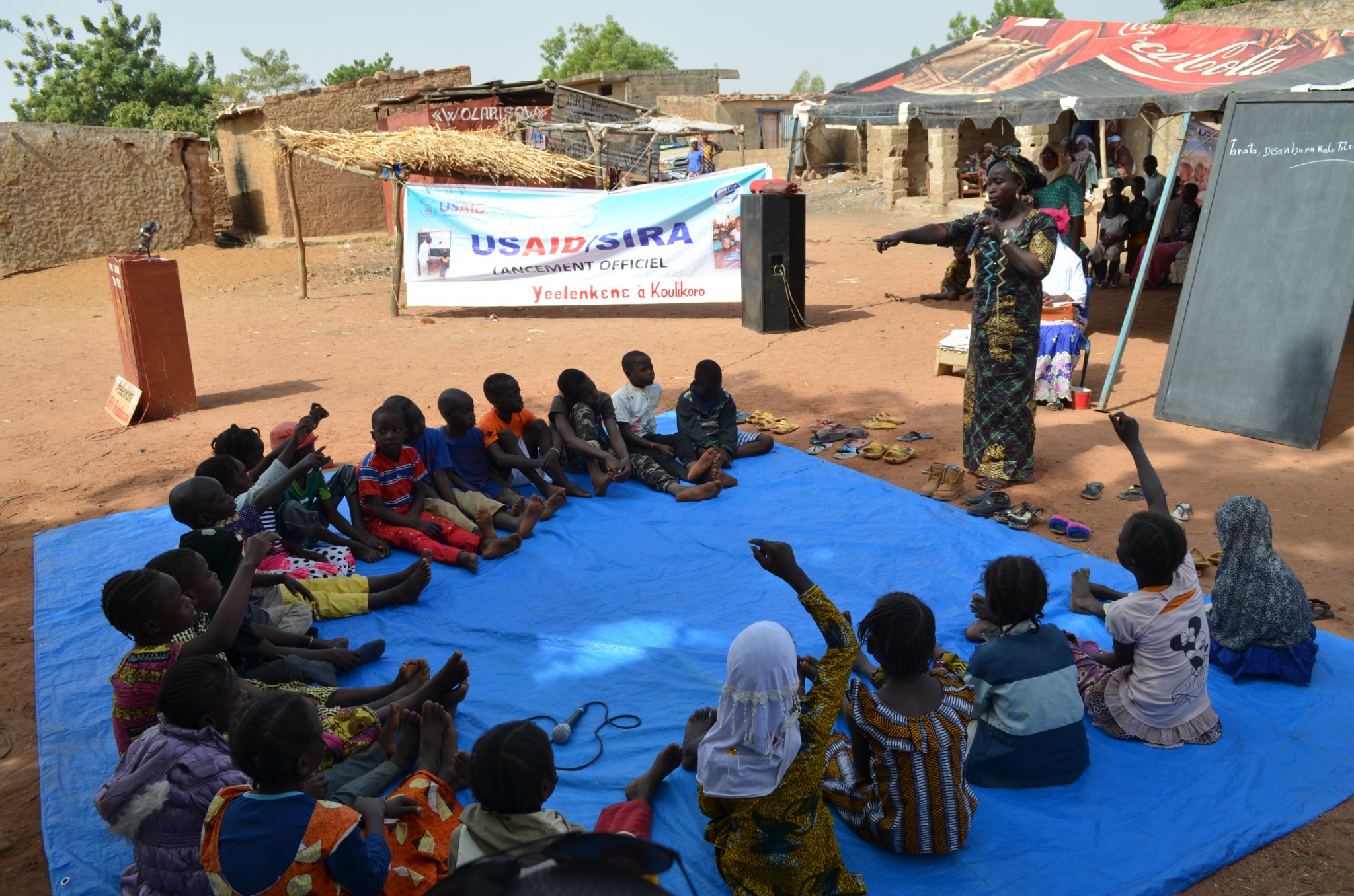 Photo Courtesy: USAID in Africa on Flickr
Photo Courtesy: USAID in Africa on Flickr
The Global Fragility Act – New Diplomacy of the Twenty-First Century or Good Intentions
An updated article about the Global Fragility Act can be found here.
There is empirical proof that the twenty-first century will be an era of increased violence and aggression. Contemporary instability more heavily involves non-state actors, such as political militias and terrorist organizations. The United States’ passing of the Global Fragility Act (GFA) is an attempt to empower and stabilize citizens of volatile societies with the hope that the point of violence is not reached. While the United States intends to help countries that are of benefit to its own national interests, the GFA differs from past efforts. It is designed to be preventive, not reactive. Costly, militaristic endeavors to enter a country and “fix” it, such as America’s presence in Iraq and Afghanistan, will be a thing of the past.
As a part of the Consolidate Appropriations Act, the GFA was passed overwhelmingly by the House of Representatives and Senate in December of 2019. One stipulation of the act calls for the President to create a 10-year Global Fragility Strategy (GFS) within 270 days of enactment of the act. While the strategy report met its September 15 deadline, it came not without criticism. The common reaction to the GFS is that the report takes a “kick the can down the road” perspective. The GFA requires that the strategy pinpoint “…not fewer than five countries” on which America will focus its preventive efforts. The GFS does not include this and instead includes language implying that countries will be chosen at a later date. The GFS also does not include “identification of which officials of the Department of State, USAID, and the Department of Defense…will be responsible for leading and overseeing the strategy.” While set goals are stated, the exclusion of specific countries and leaders naturally makes one wonder how such lofty objectives will be met.
The timing of the creation of the GFA is perhaps not the most ideal. Surely, COVID-19 played a role in the creation of an incomplete report. To an extent, almost every country has become more fragile and prone to violence. The pandemic has only exacerbated instability in countries on the brink of domestic aggression. This must now be included in the calculation of which countries the United States will deem worthy of the GFS’ attention. Nevertheless, the pandemic should not detract from America’s global strategic commitments. While the GFA on paper sounds like an admirable path to a future free of war, the incomplete GFS does carry implications that could lead to serious problems in the future if left unaddressed.
The Importance of Commitment
Sustained commitment is vital and cannot be underestimated when it comes to effecting meaningful change. According to ASP’s New Public Diplomacy Imperative (NPDI), “[following] through on policy commitments” is an essential tenet for effective public diplomacy. Creating an incomplete strategy that says more concrete plans will be constructed later leads one to wonder how invested the United States is in the project in the first place. Committing to a location for 10 years may seem like a long enough time for successful, sustained assistance somewhere, or it may not, depending on the individual situation in a target country. However, lack of clarity, planning, or resourcing can easily make 10 potentially fruitful years become 10 futile years.
One Size Does Not Fit All
The GFA stipulates that the GFS should mention five countries that will benefit from America’s preventive diplomacy. An incomplete strategy replete with “will” statements hurts credibility. Furthermore, the absence of specific countries implies a generic “rescue template,” where one blanket plan will be applied everywhere. How will violence be prevented in Venezuela, Mogadishu, or Myanmar, for example, three countries with vastly different cultures, governments, and problems?
An action that has historically been relegated to international organizations such as the Organization for Security and Co-operation in Europe (OSCE) and the United Nations (UN), preventive diplomacy works well with these groups, whose beliefs in multilateralism lean more towards soft power rather than military might. For the United States to join in on the game as an independent entity will naturally raise questions. Will America’s preventive diplomacy efforts surpass those of international organizations with decades of experience and credibility? Will fragile countries believe that we can do better than alternative entities like the UN, especially as America itself has become more fragile? Should the United States succeed in implementing a clear strategy for stabilizing fragile countries, the world may be one step closer to viewing us as a country that can aid in solving problems without relying on reactive military might.





